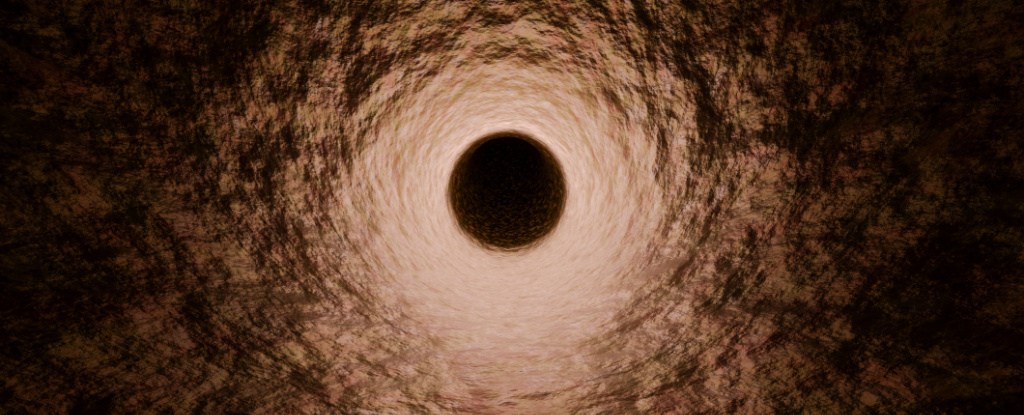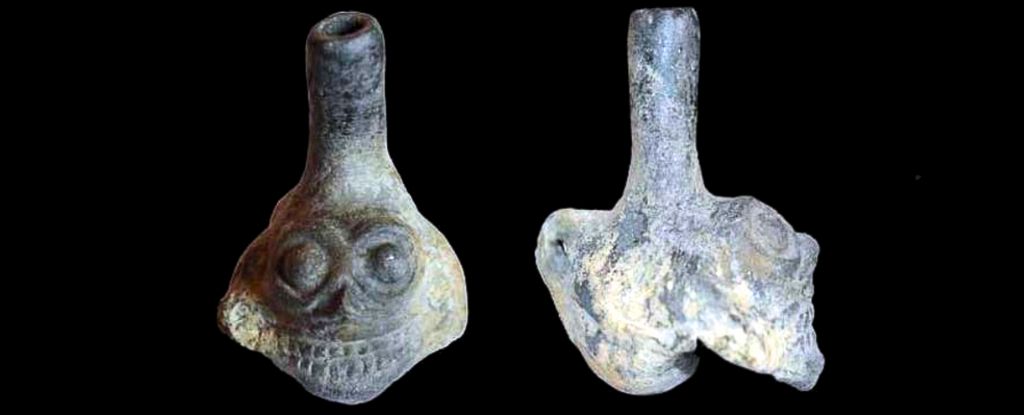Few of us think much about the swirling, spinning contents of the earth until a sudden movement, an earthquake or a volcanic eruption, jolts us to our senses.
However, geoscientists are a little better informed about the dynamics of Earth’s bowels, and have just discovered that Earth’s solid inner iron core – which normally spins within a nearly frictionless molten outer shell – appears to have come to a standstill.
Before anyone panics and searches for a copy of a horrible 20 year old sci-fi movie Predicting such an event in hopes of inspiring a resolution is not the first record of such an event. It’s not even the first in recent history.
“We show surprising observations that suggest that the inner core has almost stopped rotating in the last decade and may be undergoing a reversal in a multidecadal oscillation, with another turning point in the early 1970s,” geophysicists Yi Yang said and Xiaodong Song from Peking University in Beijing to write in their published work.
We just knew for a few short decades that the inner core of the earth has rotated with respect to the overlying mantle ever since it did Confirmed 1996 by Song and his colleague Paul Richards at Columbia University. Prior to her work, the notion that Earth’s inner core rotated separately from the rest of the planet was an unproven theory predicted from an unproven model of Earth’s magnetic field.
Since then, geoscientists have been trying to find out how fast or slow the inner core is rotating from a distance of 5,100 kilometers.
The inner core was thought of first make a full revolution every 400 years, driven by electromagnetic torque and balanced by gravitational force. But other scientists soon theorized that it spins and takes much more slowly 1,000 years or more to turn full.
The speed of this rotation, and whether it varies, is still debated today. Yet the inner core continues on its merry way, unaware of the vociferous debate above.
Song weighed again, going back to the same method he and Richards used to conclude that the inner core is rolling around. In 1996, the duo tracked seismic wave readings from repeated earthquakes, known as doublets, that traversed the inner core from the South Atlantic to Alaska between 1967 and 1995.
Had the inner core not moved, the shock waves would have had to travel the same path. But Song and Richards showed that seismic waves accelerated by a fraction of a second from the 1960s to the 1990s.
Now, in the new study with Yang, Song has revisited that old data and compared it to more recent patterns of nearly identical seismic waves that suggest the inner core has stalled — and may even reverse.
They found that since about 2009, paths that previously showed significant temporal variations showed little change as seismic waves traveled through the core and out the other side. Any time difference was gone.
“This globally consistent pattern suggests that the inner core’s rotation has recently been disrupted,” Yang and Song said to write.
It also appears that this recent inner-core stall is linked to a rotation reversal, Yang and Song say, with the massive iron ball slipping backwards in the other direction as part of a seven-decade oscillation.
Based on their calculations, a small imbalance in the electromagnetic and gravitational forces would be enough to slow and then reverse the rotation of the inner core as observed.
That’s not all. The researchers point out that the seven-decade switcharoo coincides with other periodic changes observable at the Earth’s surface length of day and magnetic field, both of which have a periodicity of six to seven decades. Decades-long patterns in climate observations of global mean temperature and sea-level rise also appear to be converging strangely.
For Yang and Song, this frequent, slowly shifting, barely perceptible vibration, oscillating back and forth every 60 to 70 years, seems to indicate “a system of resonance across different strata of the earth” – as if the planet were humming to a single, booming tune.
Because the Earth’s inner core is believed to be dynamically connected to its outer layers, linked to the outer core by electromagnetic coupling, and bound to the mantle by gravitational forces, the study could also contribute to our understanding of how processes deep inside of our planet affecting its surface – the thin crust we live on, sitting on a swirling interior.
“These observations provide evidence of dynamic interactions between the Earth’s layers, from the deepest core to the surface,” say Yang and Song conclude.
The study was published in nature geosciences.





